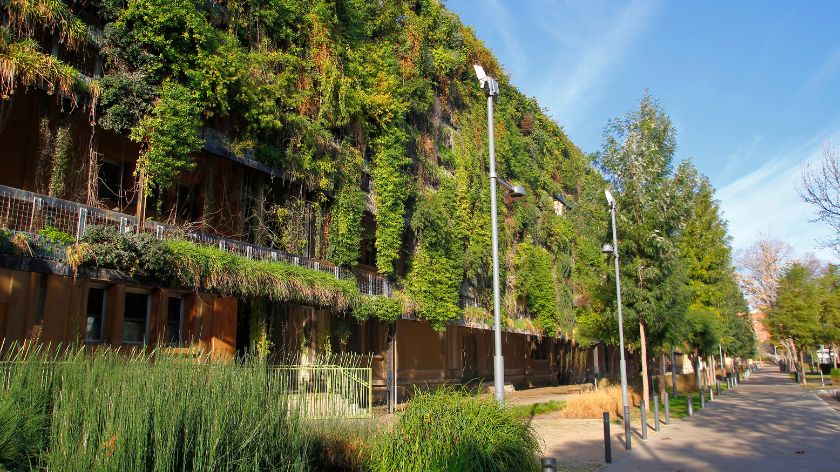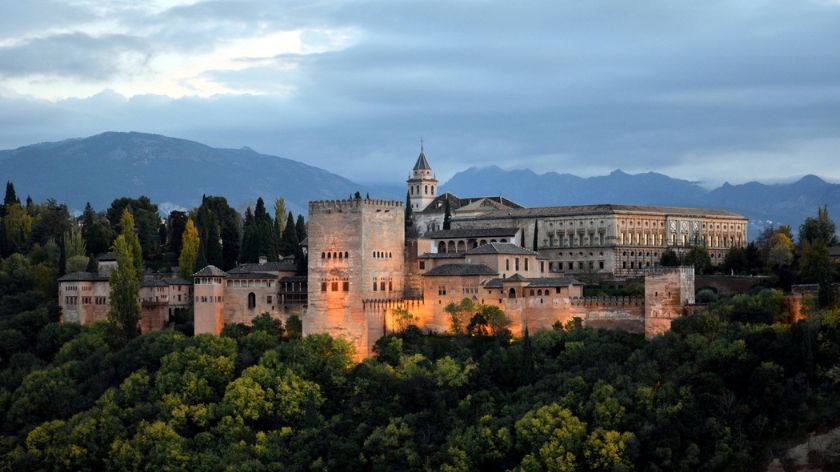What is sustainable architecture?
January 26, 2023

Specifically in our sector, real estate and construction, a new concept has been developed: the “sustainable architecture”, which has become one of the fastest growing architectural trends today.
The objective of this post is to explain in depth what its meaning is,, its objective and its main characteristics.

- What is sustainable architecture
Sustainable architecture is one that takes into account the impact that a certain building will have throughout its life cycle, from its construction, through its use and its final demolition.
It considers the resources that it will use, the water and energy consumption of the users themselves and finally, what will happen to the waste that the building will generate when it is demolished.
- Which is the objective
Its main objective is to reduce these environmental impacts and assume implementation criteria of energy efficiency in its design and construction. All this without forgetting the principles of comfortability and health of the people who inhabit these buildings.
Harmonically relates technological applications, functional and aesthetic aspects, as well as the link with the natural or urban environment to achieve habitats that respond to human needs in healthy, sustainable and inclusive conditions.
In addition, it should be noted that all this activity must comply with current legislation, in this case, the Technical Building Code (CTE), Royal Decree 314/2006, which establishes the minimum requirements for acoustic, structural and thermal conditions, both for materials and for the facilities that buildings must have.
- Main characteristics
Although we have already discussed what sustainable architecture is about and its most relevant aspects, we are going to focus on several of its main characteristics.
1. It takes into account its life cycle
Each building has its own life cycle. It is projected, it is built, it is demolished. Sustainable architecture plans each construction in such a way that it knows what resources it needs at the beginning and what resources and residues it will leave at the end, when it is demolished.
2. It is a hybrid architecture
Sustainable architecture seeks a relationship of harmony between the new technologies, the aesthetics and the natural environment.
In this way, seeks to apply the latest news and trends in the technology and construction sector in a project that respects nature and the same urban landscape, combining these two ideas.
3. It is integrated into nature
Seeking to preserve as much as possible the landscape, we find green buildings, which have vertical gardens, among other elements.
This idea of including vegetation responds, in turn, to another human need: to block solar radiation.
4. It has an efficient space
Another key to sustainable architecture is space efficiency. One of the most used techniques is to build with an efficient floor system and reduce the overall height of the building.
Floor systems provide easy access to power and communications and reduce the need for more clearance to the ceiling. The result: a building that is shorter than is normally expected.
5. Importance of natural light
In search of greater efficiency also in energy savings, from sustainable architecture the building is planned so that it has the maximum natural light. A design based on natural light will avoid excess electrical consumption.
6. Waste reduction
Waste reduction is an idea that is applied during construction and throughout the life cycle of the building. It is important that this aspect is well planned to minimize the environmental impact of the construction as much as possible. In this sense, sustainable architecture pursues the idea of reusable materials and reconfigurables.
“For me, a wonderful example of sustainable architecture is the Granada Alhambra“, says Beatriz Inglés Gosálbez, director of the ‘online’ master’s degree in Sustainable Architecture and Bioconstruction at the European University.
He alludes to its walls, “that play with thermal inertia”, to its patios, to the water that cools, to its cross ventilation… And avoids the temptation to think that sustainable architecture is a modern invention.

In Espígul, we are committed to the environment and we want to be an active part in the evolutionary process of sustainable architecture. On our website (https://www.espigul.com/es) you will be able to know more about our constructions, do not hesitate to visit us.

